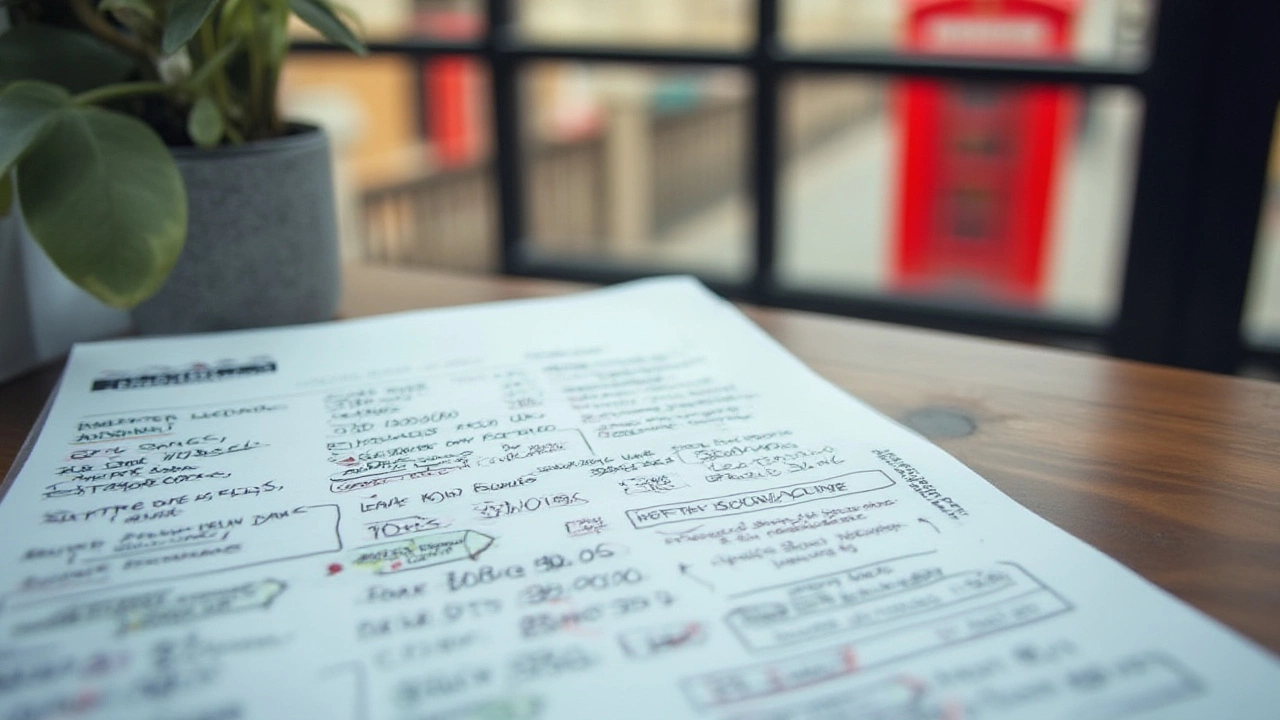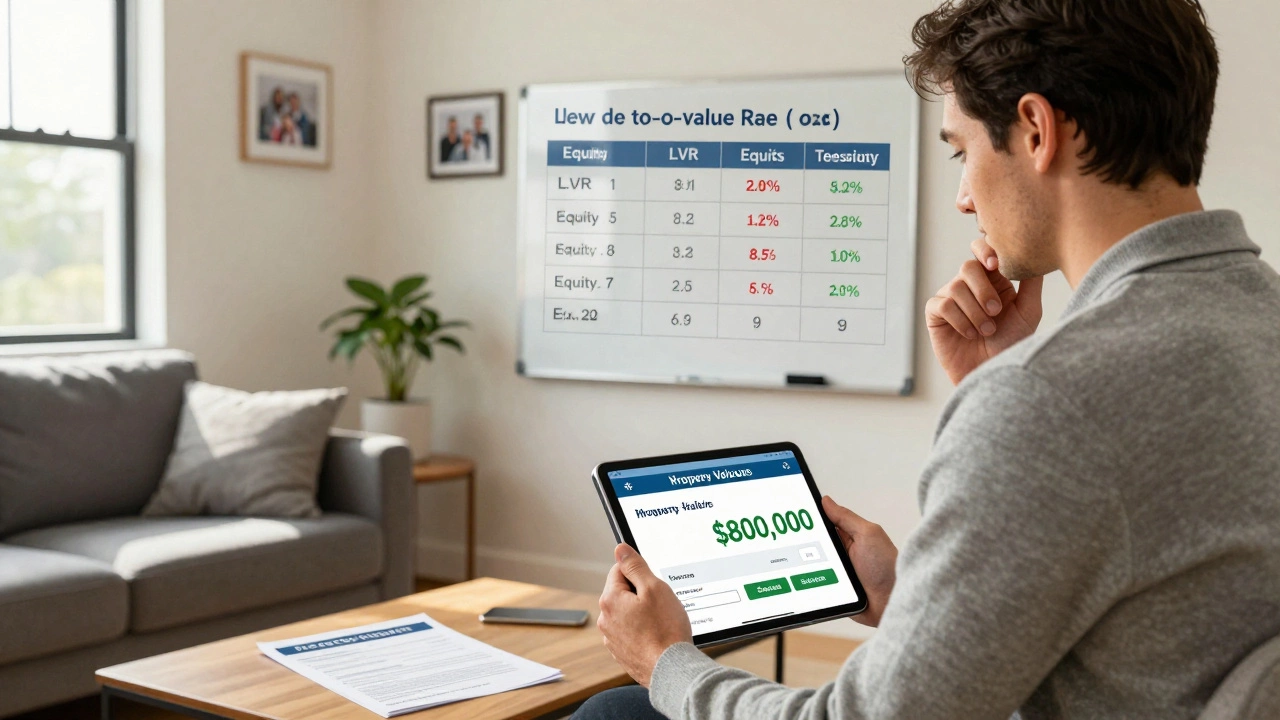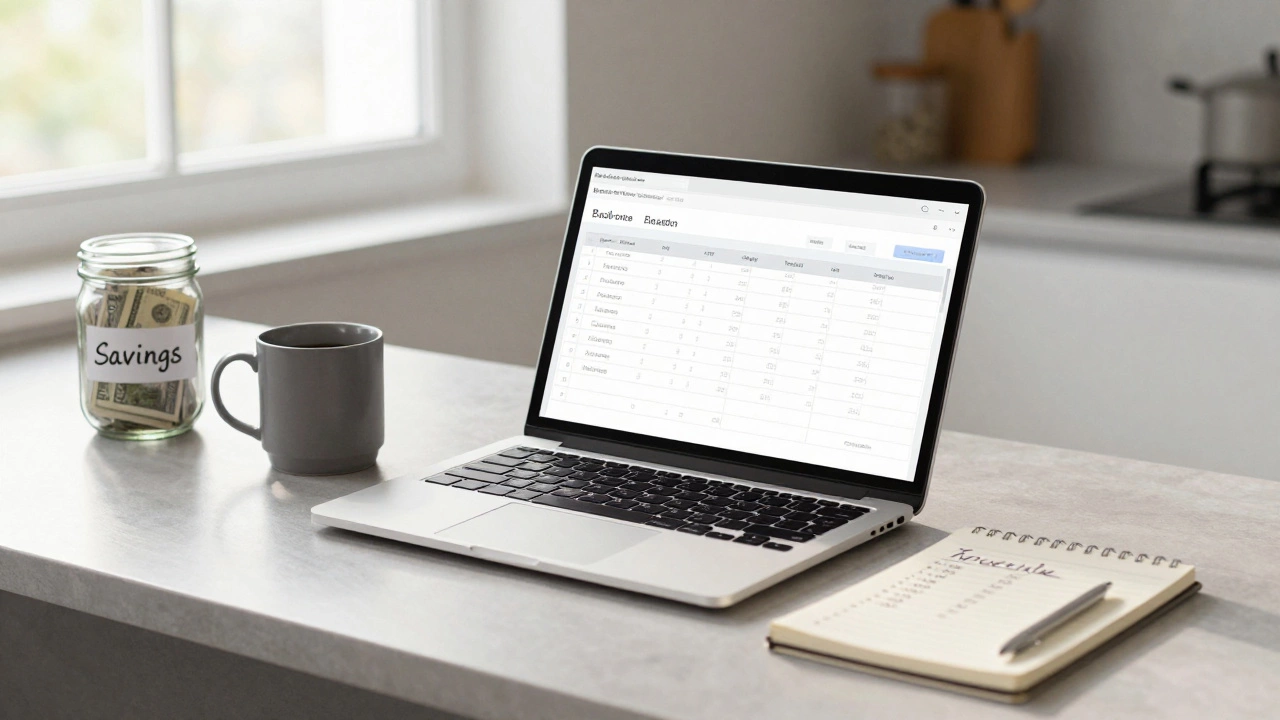Think a $10,000 loan over five years is simple math? Not even close. Sure, it's tempting to just grab a calculator, divide $10,000 by 60, and think you’ll pay a little under $167 a month. That only works if you ignore the real “villain” in the story – the interest rate. Rates can double your costs or, if you shop smart, save thousands. There's way more to a five-year loan than the sticker price, and people make all sorts of costly mistakes just because they don’t peek under the hood. Ready for the real numbers, the surprising facts, and tips that can actually save you serious money?
What Goes Into the True Cost of a $10,000 Loan?
First off, let’s lay out exactly what shapes the final cost of that $10,000 loan over 5 years. It’s not just about the amount you borrow. Lenders add interest, there might be origination fees, sometimes even prepayment penalties. The interest rate, called APR (annual percentage rate), is your best friend or your nemesis. It’s the real culprit behind why you’ll end up paying hundreds or even thousands more than you borrow.
Here’s a quick example. Imagine two friends borrow the same $10,000 for five years. One guy snags a killer deal at 7% APR, the other gets a raw deal at 24% APR. The first guy owes about $198 per month, his total interest across five years is just about $1,892, and he pays a total of $11,892. Friend two, at 24%, is hit with $287 a month, pays $7,236 in interest, and shells out $17,236 total. That’s nearly double what he originally borrowed. And fees? Watch for those fine-print extras. Origination fees are sneaky – sometimes up to 10% of your loan – that’s an upfront $1,000 loss before you even get your check.
Other things to keep in mind: your credit score determines what rate you’ll get. Good credit (think 720+) lands you the lowest rates, sometimes as low as 6%. If your score is below 650, brace yourself: it’s common to see rates shoot past 20%. Shopping around is not just for bargain hunters; it’s essential. Even a small rate drop – like from 13% to 10% – can mean hundreds off your total bill.
Many people get obsessed with the monthly payment. It’s easy to understand why – we all want to know what hits our bank account each month. But that hides how much extra you’ll hand over to the bank in interest. This table shows just how much your APR impacts you:
| APR | Monthly Payment | Total Interest Paid | Total Cost |
|---|---|---|---|
| 7% | $198 | $1,892 | $11,892 |
| 13% | $228 | $3,665 | $13,665 |
| 18% | $254 | $5,238 | $15,238 |
| 24% | $287 | $7,236 | $17,236 |
Notice how those interest charges balloon as the APR rises. That’s why shopping for a good rate (and boosting your credit, if you can) can save real money.
Monthly Payments: It's Not Just About the Numbers
Sure, everyone wants a manageable monthly payment. But here’s the catch: lower payments often mean paying a ton more over time. Stretching your loan to five years definitely shaves down each month’s bill, but the trade-off is always higher interest. If you can afford a higher payment, you’ll finish earlier and keep more cash for yourself instead of the lender.
Here’s the math: if you borrow $10,000 over 5 years at 10% APR, your monthly payment is roughly $212. Now, shorten that to 3 years with the same rate – your payment jumps to about $323. But your total interest for 3 years is only about $1,630, versus about $2,719 across five years. That’s over $1,000 saved by simply picking a shorter term.
It’s worth mentioning bi-weekly payments. Some lenders let you split your monthly payment in half and pay every two weeks. At first, this seems pointless, but here’s the trick: there are 26 bi-weekly periods in a year, meaning you sneak in an extra monthly payment. That chip-away-at-it schedule can take months off your loan and save you hundreds in interest. If that’s an option, ask your lender about it – it’s one of those small hacks with a big payoff.
Don’t forget about extra payments. Unlike mortgages, a lot of lenders won’t penalize you for tossing in an extra $20, $50, or whatever you can. Even a single $100 bonus payment once a year shaves off interest and time. The trick is to make sure those extra payments go toward the principal (“principal only”), not future payments or interest.
If you ever compare loans, always ask for the total cost – not just the payment. Lenders often focus on monthly numbers because they look less scary, but don’t lose sight of what you’ll pay in the end.

How to Find the Best Deal: Smart Borrowing Tricks
It’s wild out there. Big banks, online lenders, credit unions, peer-to-peer apps – so many places want your business. Each will look at your credit, your income, and sometimes even how stable your job history is. Here’s the real tip: don’t just take the first offer. Ask for rate quotes from at least three or four lenders. This won’t hurt your credit if you do it within a 14-day window because credit agencies count multiple inquiries as one “shopping event.” So you can safely hunt around.
If your credit is on the lower side, take a beat before applying. Check your credit report for errors (they’re more common than most folks think), pay off small debts, and ask for a limit increase on credit cards. These can boost your score and get you a better deal. Consider a credit union – they often have lower rates for members, and the process is usually more personal compared to big online lenders or banks.
Before you sign anything, read those loan terms carefully. Look for “origination fee” (could be $100 to $1,000 up front), prepayment penalty (is there a fee if you pay off early?), or mandatory insurance add-ons. Some online lenders make money by charging high origination or “processing” fees. If one lender’s upfront fees seem off-the-charts compared to others, move on.
If you’re worried about missing a payment down the line, ask about forbearance or hardship options. Sometimes one skipped payment with a fee is better than wrecking your credit score. In the US, about 33% of adults have missed a loan payment at some point, so you’re not alone, but planning for it is smart.
And if you want to really geek out – try a loan calculator online. Plug in your numbers, adjust the interest rate and loan term, and see what fits your budget. Most bank and credit union websites offer one, and it helps you make side-by-side comparisons without guesswork.
When Is a $10,000 Loan Worth It… and When Is It a Trap?
Here’s the honest truth: Not all debt is bad, but not all loans are a ticket to a better future either. A $10,000 personal loan over five years can be a lifesaver if you have a high-interest credit card balance to pay off, need emergency surgery, or invest in something that pays you back (think: job training to boost your career). If you’re borrowing for a vacation or to upgrade your phone, think twice – that’s what can catch people in a spiral.
Studies by the Federal Reserve show the average personal loan rate in the US was about 11.5% in late 2024, but folks with excellent credit could snag 6% or better. Loan origination fees average around 2% to 5%. Miss a payment, and late fees can add up fast—not to mention the hit to your credit score, which affects all future borrowing (mortgages, car loans, even some job applications).
A good test: If the purchase doesn’t add lasting value and you wouldn’t save money (like paying off a 25% credit card bill with a 10% loan), try waiting. Also, if the monthly payment would stretch you so thin you can’t save for emergencies, it’s a red flag. People often get in trouble by “stacking” loans—taking a new one before the last is paid off, which drives up the risk of not being able to keep up.
On the plus side, paying your loan on time can lift your credit score, which opens up future opportunities at even lower rates. According to Experian, folks who consistently pay down installment loans see their scores go up by around 20 points over a year. Using a loan to consolidate high-rate debts, invest in your skills, or cover an unavoidable major bill can make financial sense if you do the math upfront and avoid hidden fees.
Here’s a checklist to keep you out of trouble:
- Add up total interest, not just the monthly payment. (Use that table above for reference!)
- Factor in all fees before signing—origination, early payoff, and late payment fees.
- Compare offers from at least three different lenders.
- Ask the lender what the APR is—with all costs included.
- If possible, make extra payments to cut total interest and pay off early.
- Use a loan only for important, value-building situations—not quick fixes or lifestyle upgrades.
There’s no one-size-fits-all answer, but with smart habits and a bit of number-crunching, a $10,000 loan over 5 years doesn’t have to become a slow drain on your savings. Shop for the best rate, focus on the total out-of-pocket cost, and use your loan for things that bring real returns. Do your homework now, and you’ll keep more of your own money—with nothing but the memories (or skills, or a lower interest bill) to show for it.







